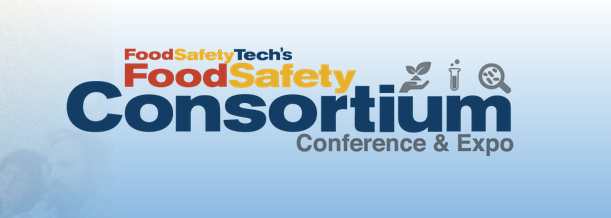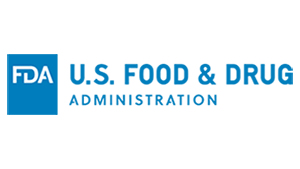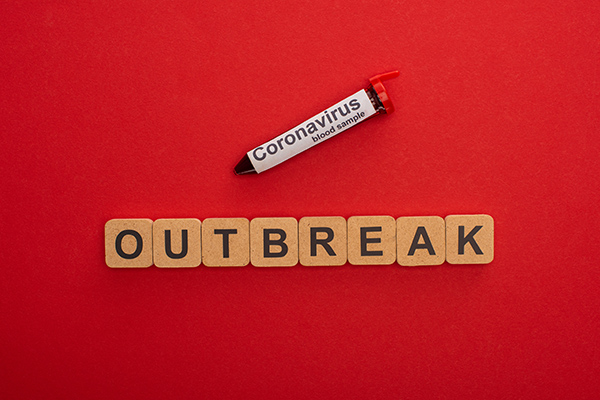
The September 17 episode features commentary on worker safety, managing quality and food safety programs, and the use of international standards, all in the context of the COVID-19 pandemic.

The September 17 episode features commentary on worker safety, managing quality and food safety programs, and the use of international standards, all in the context of the COVID-19 pandemic.

Surviving a crisis requires a strong food safety culture, and participation by all employees is critical.

Laboratory guidance document for turmeric has been published.

This year’s Food Safety Consortium Virtual Conference Series kicked off with a discussion of food defense foundational planning.

Share the details of how you navigated your career in food safety. Results will be discussed during a special episode of the 2020 Food Safety Consortium Virtual Conference Series.

During a multi-agency COVID-19 update with FDA, CDC and OSHA, it became clear that further clarification regarding the FDA-OSHA checklist released in August was needed.

Recent advances in two-dimensional liquid chromatography help food safety laboratories overcome the many challenges of vitamin analysis, such as diverse hydrophobicity, low throughput and complex sample preparation.

More than 350 workers at the poultry processing facility located in Livingston, California have tested positive for the novel coronavirus.

The American Botanical Councils Botanical Adulterants Prevention Program has published a laboratory guidance document.

An interview with Neshat Soofi, president of JIT Experts Hive, about her food safety journey that led her to the launch of her own business.